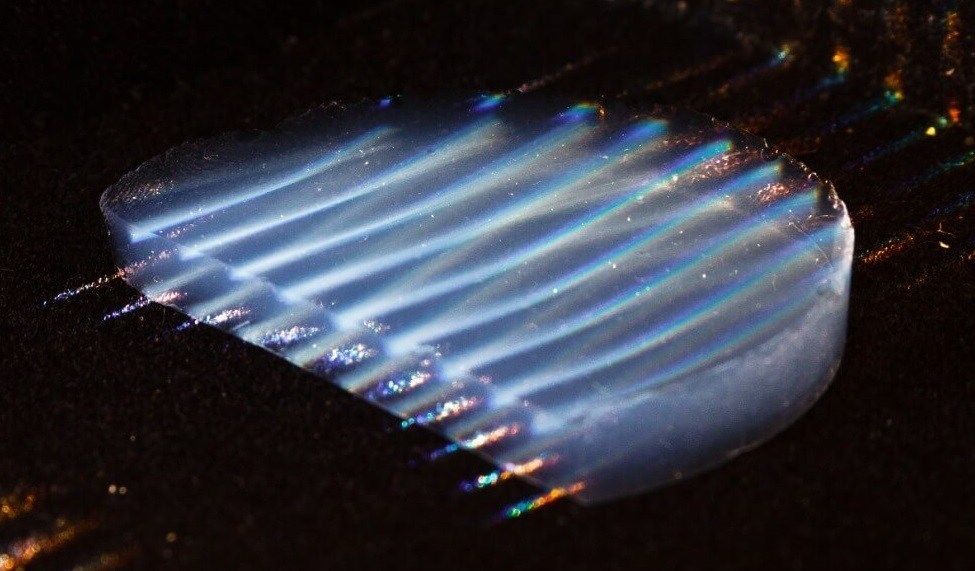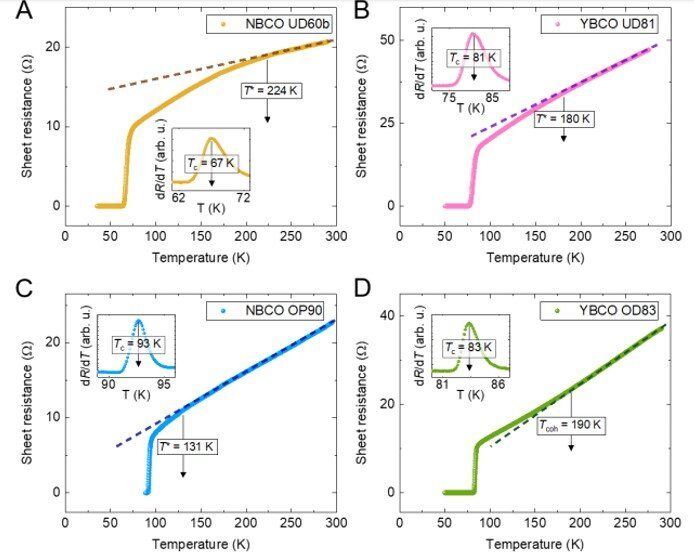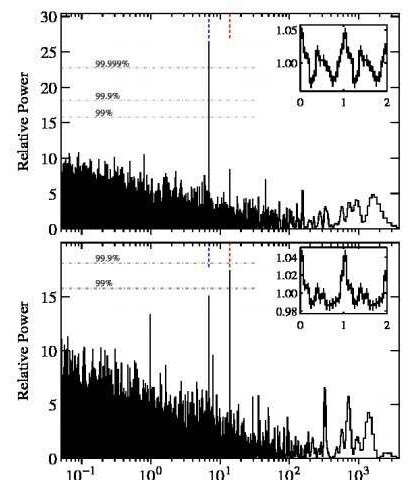The electromagnetic field generator includes a shell, an electrostatic generator, a power plant, a thermoelectric generator, and an electric motor. The shell has embedded polycrystalline ferroelectric ceramic material which is polarized such that the ceramic material exhibits strong Piezoelectric Effect properties thus inducing high frequency vibrations. The shell may be further doped with radioactive elements which under high frequency vibrations induce gamma ray emission. The electrostatic generator is for charging up the shell and is disposed within the shell. The power plant is to generate thermal power, and is disposed within the sphere. The thermoelectric generator is to convert the thermal power generated by the power plant to electrical energy. The electric motor powered by the electrical energy generated by the thermoelectric generator, and supplies input voltage such that the shell spins at high angular speeds, vibrates at high frequencies, and generates an electromagnetic field.
Category: energy – Page 329

Energy Shield powered by Wikia
The earliest form was used by a member of the Raiders and later adopted by Iron Man. These emitted photons into a small round shape and were generally a supplement to the rest of their armor’s defenses.[1]
U.S.Agent received a photon shield when he joined Force Works; it could be activated by voice command.[2] Around this time S.H.I.E.L.D. produced its own design using cooled plasma. Captain America briefly used the plasma shield while in exile. Not only were they useful protection, but the shields could be used as controllable projectile weapons.[3]
On Counter-Earth, Rebecca Barnes used a Vibranium-powered triangular energy shield.[citation needed].

S.H.I.E.L.D. Introduces Captain America’s Energy Shield
On Marvel’s Agents of S.H.I.E.L.D., w hen Leo Fitz gave Director Coulson a new cybernetic hand to replace the one he left with Grant Ward’s corpse on the alien planet in “Maveth,” he teased the hand had a few surprises hidden inside. It turns out one of those surprises is a very cool artifact from the Marvel Comics Universe, which we saw in the episode “The Singularity.”
In the episode, Coulson and Agent May went looking for Daisy Johnson and Hive at the home of James, an Inhuman who formerly resided at Afterlife. By the time Coulson’s crew arrived, Hive and his growing Inhuman army had already fled the scene, but they left some explosives behind in the house. The quick thinking S.H.I.E.L.D. director pulled May down into a hole in the floor, where Daisy had unearthed an ancient Kree artifact, and shielded himself and May from the blast with…well, a shield.
The energy shield was formed by his cybernetic hand, with a S.H.I.E.L.D. logo on the center. Coulson tells May that he thought it would cool for the director of S.H.I.E.L.D. to actually have a shield, but it may be some of Coulson’s Captain America hero worship coming to the forefront.



Slime: How Algae Created Us, Plague Us, and Just Might Save Us
“No organisms are more important to life as we know it than algae. In Slime, Ruth Kassinger gives this under-appreciated group its due. The result is engaging, occasionally icky, and deeply informative.”
—Elizabeth Kolbert, New York Times-bestselling author of the Pulitzer Prize-winner The Sixth Extinction
“A book full of delights and surprises. Algae are the hidden rulers of our world, giving us oxygen, food, and energy. This is a beautiful evocation of the many ways that our past and future are entangled in their emerald strands.”

Under Armour Fat Tire GTX
The Under Armour Fat Tire GTX uses cutting-edge technology to help you tackle any trail. Taking design inspiration from off-road fat tire bikes, these boots are built on a Michelin outsole with a Wild Gripper rubber compound for excellent traction on a wide variety of terrain. A breathable GORE-TEX membrane provides total waterproof protection, and the UA Charged foam cushioning system delivers ultimate energy return and impact protection. The BOA speed closure system uses a unique click and turn dial and stainless steel laces to lock your feet in place faster than regular laces. These boots also feature a Cupron copper-infused sockliner that wipes out odor-causing bacteria to keep feet fresh. Built with composite textile and foam construction, these comfortable boots won’t let anything stand in your way on the trail.


Dynamic charge density fluctuations pervading the phase diagram of a Cu-based high-Tc superconductor
Charge density fluctuations are observed in all families of high-critical temperature (Tc) superconducting cuprates. Although constantly found in the underdoped region of the phase diagram at relatively low temperatures, physicists are unclear how the substrates influence unusual properties of these systems. In a new study now published on Science, R. Arpaia and co-workers in the departments of microtechnology and nanoscience, the European Synchrotron, and quantum device physics in Italy, Sweden and France used resonant X-ray scattering to carefully determine the charge density modulations in Yttrium Barium Copper Oxide (YBa2Cu3O7– ẟ) and Neodymium Barium Copper Oxide (Nd1+x Ba2–x Cu3O7–ẟ) for several doping levels. The research team isolated short-range dynamic charge density fluctuations (CDFs) in addition to the previously known quasi-critical charge density waves (CDW). The results persisted well above the pseudo-gap temperature T*, which they characterized by a few milli-electron volts (meV) to spread across a large area of the phase diagram.
Cuprate high temperature superconductors (HTS) are different from the Landau Fermi liquid paradigm due to quasi-two dimensionality (2-D) of their layered structure and large electron-electron repulsion. During optimal doping and the pseudo gap state (states at which less than optimal current carrier concentrations result in anomalous electronic properties), short to medium-range charge density wave order can emerge to weakly compete with superconductivity. Physicists first developed theoretical proposals of CDW and low energy charge fluctuations after first discovering HTS. Subsequently, they developed experimental evidence in selective materials and in all cuprate families. Researchers had observed long-range tridimensional CDW (3D CDW) order inside the superconductivity dome within high magnetic fields that weaken superconductivity or in epitaxially grown (deposition of a crystalline layer on a crystalline substrate) samples.

New high-mass gamma-ray binary discovered
An international team of astronomers has detected a new high-mass gamma-ray binary (HMGB) in the Milky Way galaxy. The newly found HMGB, designated 4FGL J1405.1–6119, is one of only a handful of such objects discovered to date. The discovery was announced in a paper published August 28 on the arXiv pre-print repository.
HMGBs consist of an OB star in orbit with a compact object. In these systems, interactions between the two objects result in an emission with spectral energy distribution (SED) peaks above 1.0 MeV. They are assumed to be precursors to high-mass X-ray binaries (HMXBs).
HMGBs are very rare objects. Astronomers estimate that there are about 100 still undetected HMGBs residing in our home galaxy. Moreover, many known gamma-ray sources of as-yet unknown nature, could potentially be high-mass gamma-ray binaries.